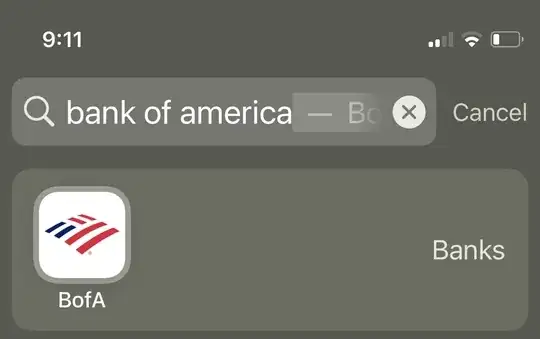In united-states trademark law, 15 U.S.C. § 1111 provides that:
Notice of registration; display with mark; recovery of profits and damages in infringement suit
Notwithstanding the provisions of section 1072 of this title, a registrant of a mark registered in the Patent and Trademark Office, may give notice that his mark is registered by displaying with the mark the words "Registered in U.S. Patent and Trademark Office" or "Reg. U.S. Pat. & Tm. Off." or the letter R enclosed within a circle, thus ®; and in any suit for infringement under this chapter by such a registrant failing to give such notice of registration, no profits and no damages shall be recovered under the provisions of this chapter unless the defendant had actual notice of the registration.
Notice that display of the symbol is optional, the registrant "may give notice" by using the phrase or the ® symbol. But if such notice is not given a significant element of damages in case of an infringement is forfeit unless the infringer had "actual notice" of the registration of the mark.
Since the purpose is to give notice that a word, symbol, logo or other indication is in fact a registered mark, making the registration so small that it cannot easily be seen might tend to defeat that purpose. If an infringer claimed not to be aware that an indication was a registered mark, and if the notice was displayed or printed in so small a form that this claim was plausible, it might raise an issue in an infringement suit. I have not found any caselaw on the point.
"Finessing the Details of Type: Registered, Trademark, & Copyright Symbols" by Ilene Strizver advises that:
These symbols are used at so small a size that they should be neutral in appearance, yet clear at the size they will be reproduced at ... when using a ® or a ™ after a word, the size should be adjusted as necessary, independently from the rest of the text, to look clear and legible, yet unobtrusive. Its proportion next to the neighboring word or glyph depends a lot on the final size of each appearance. A general guideline for text is to make these symbols a little smaller than half the x-height. As the type gets larger, the symbols can become proportionately smaller, especially in headlines.
However this is a guide for typesetters and graphic designers, and is not legal advice.
Several sources indicate that a single use of the R-in-a-circle in connection with a particular mark in any given document or set of packaging is sufficient (as is also mentioned in a comment). If elsewhere in the same web site the logo is displayed in a larger size, with a larger version of the symbol, that would probably offer all the protection needed under US law.
This answer is US-centric. Law elsewhere may or may not be similar.
